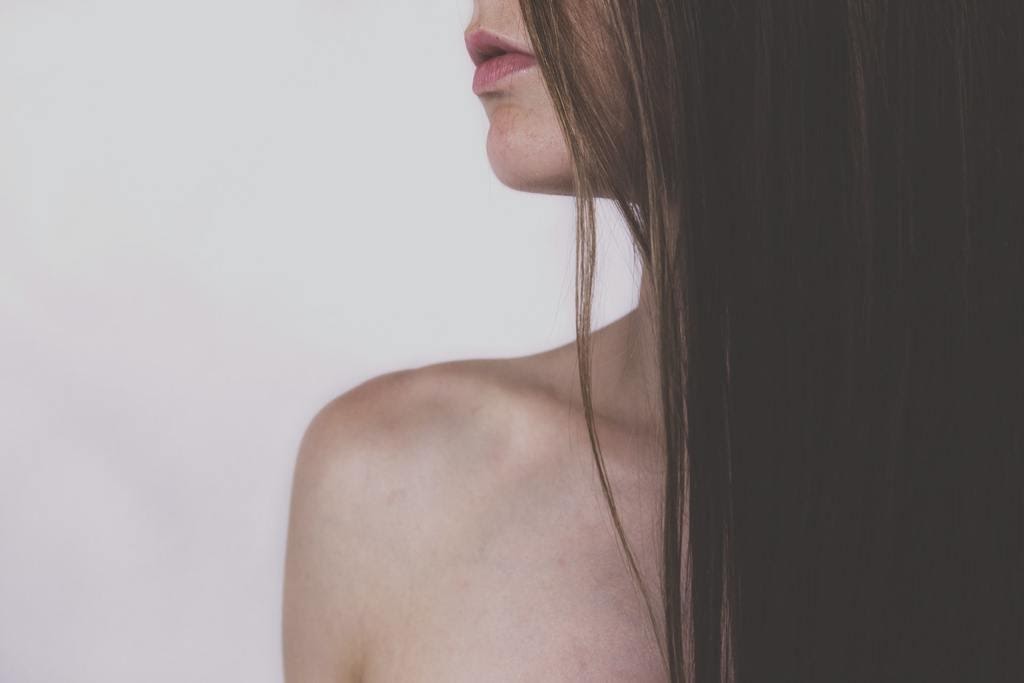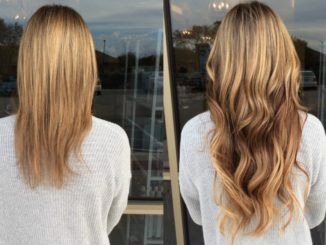
Hair extensions are getting much love for how they can either subtly or dramatically change a person’s looks. They are used for a variety of reasons.
Whether for one-day events or for more extended periods, or even to mask pre-existing bald spots or hair damage, extensions are here to stay. In fact, the global hair extensions market is anticipated to reach over $5 billion by 2024.
Like most elaborate hairstyles and accessories, hair extensions require care and maintenance. However, regardless of observing proper use, wearing hair extensions for an extended amount of time may be doing more harm than good.
Hair extensions pose a risk to one’s scalp and hair or end, worsening the very damage one seeks to camouflage in the first place.
A Quick Look At Hair Extensions
There are a few types of hair extensions that are made of either natural hair or synthetic fibers. The difference between them is how they are applied. Using one type over another depends on one’s hair type and lifestyle.
Clip-ins
These are temporary hair extensions. They can be added onto the hair with ease whenever seen fit and can be just as easily taken off. Among other extension types, these are the safest to use given that they are not worn for extended periods.
Tape-ins
These hair extensions are smaller than clip-ins. As the name implies, the process involves taping them together before taping them onto the hair and aligning them to the roots. These are also temporary hair extensions that can last from four to eight weeks.
Semi-permanent extensions
This lasts longer than their temporary counterparts. There are fusion types where the hair extensions are attached to the hair with an adhesive (like glue). There is also one that involves the use of micro-beads or micro-rings. The application is done strand by strand at the roots.
Sew-in weaves
These are the most permanent kind of hair extensions as they cannot come off. They are applied using a needle and thread to sew into one’s braid or cornrows. Only those with thicker hair are suitable for this extension as its application puts much strain on the scalp.
Hair Extensions And Alopecia
 Regardless of the extension type, these options all share one adverse trait: they pull on the hair and scalp. The incessant pulling causes the strands to weaken and damages the hair follicles to the point of hair loss.
Regardless of the extension type, these options all share one adverse trait: they pull on the hair and scalp. The incessant pulling causes the strands to weaken and damages the hair follicles to the point of hair loss.
This is especially the case when the hair extensions grow out, further adding weight to the tugging. The brunt of the damage caused by hair extensions lies in the application rather than the extent of wearing them.
Whether done by oneself or someone else, an inexperienced person is more prone to make a crucial mistake when applying hair extensions. Going for an experienced stylist will also advise of the proper upkeep.
Those who wish to still wear hair extensions with minimal damage should seek to get their extensions re-fit by a professional.
This ensures that the hair extensions do not pull on the strands or follicles too aggressively or that the pressure is not always on the same individual hairs. Becoming too lax in this commitment will result in traction alopecia.
Traction Alopecia
Traction alopecia is a type of hair loss caused by chronic pulling on the hair and scalp.
This condition also stems from wearing the hair in a tight hairstyle or from excessive heat and chemical hair treatments.
While its effects can be reversed, not acting on it quickly can severely impact the hair follicles. They can be damaged to the point of being unable to produce new hair, leading to permanent hair loss.
The most obvious symptom to look out for is missing and broken hairs, most notably along the front and sides of the scalp. However, other areas of your scalp may also suffer hair loss, depending on where the pressure is at the most.
Other signs of traction alopecia may include:
- redness of the scalp
- bumps
- soreness or stinging of the scalp
- itching (make sure it’s not from dandruff)
- scaling
- folliculitis (inflammation of the hair follicles)
- pus-filled blisters on the scalp
How To Repair Damage By Hair Extensions
Fortunately, hair loss and damage from wearing extensions can be reversed. Here are a few ways how one can help their scalp and strands to recover:
Treat Your Scalp Weekly
Massage coconut oil or aloe vera gel (see our guide to essentials oil) onto the scalp before shampooing. Doing this nourishes the hair follicles and helps counteract the damage sustained from extensions.
Keep Away from Hot Tools and Treatments
Allow the hair and scalp to heal faster by avoiding treatment that can further damage them for as long as possible. If it cannot be avoided, be sure to use a heat-protectant spray.
Apply Sunscreen
Prolonged exposure to the sun’s harsh rays can dehydrate the strands, making the hair more prone to damage. Use special sunscreen for the hair or wear a hat to protect it. Also, remember to care for your hair after the beach.
Recover with Diet and Supplements
Eat a healthy diet with foods packed with protein, iron, zinc, and biotin (See our ideas for a healthy breakfast)
Protein and iron help nourish the hair and make it stronger and fuller.
Zinc and biotin shampoos can help prevent further hair loss and encourage hair growth.
Taking supplements that contain turmeric or collagen formulated for hair will also help.
Conclusion
Hair extensions are a great, quick accessory to get that luscious hair look instantly. However, hair extensions also cause hair loss, hair loss, and traction alopecia if you’re not careful. Following the tips above should alleviate your situation. However, if you aren’t seeing any improvements, find out 18 reasons why won’t your hair grow here.


Be the first to comment